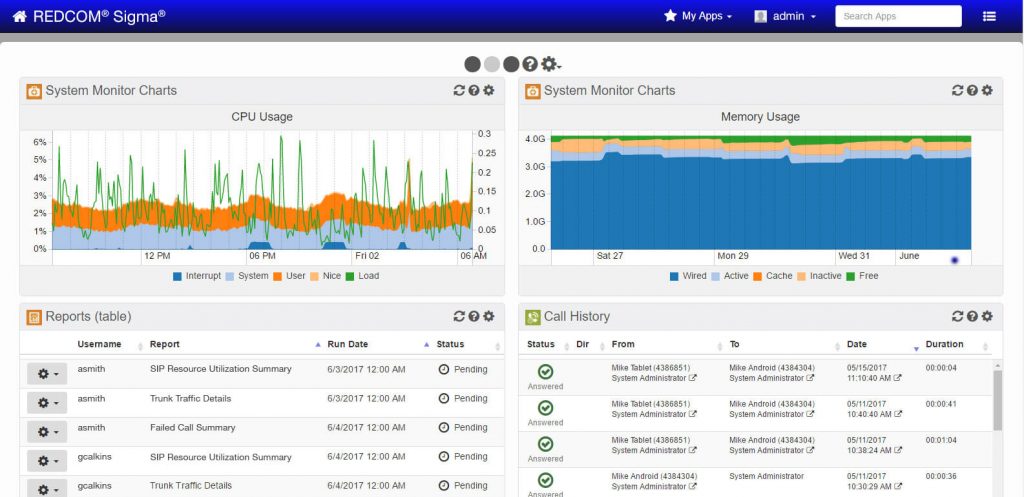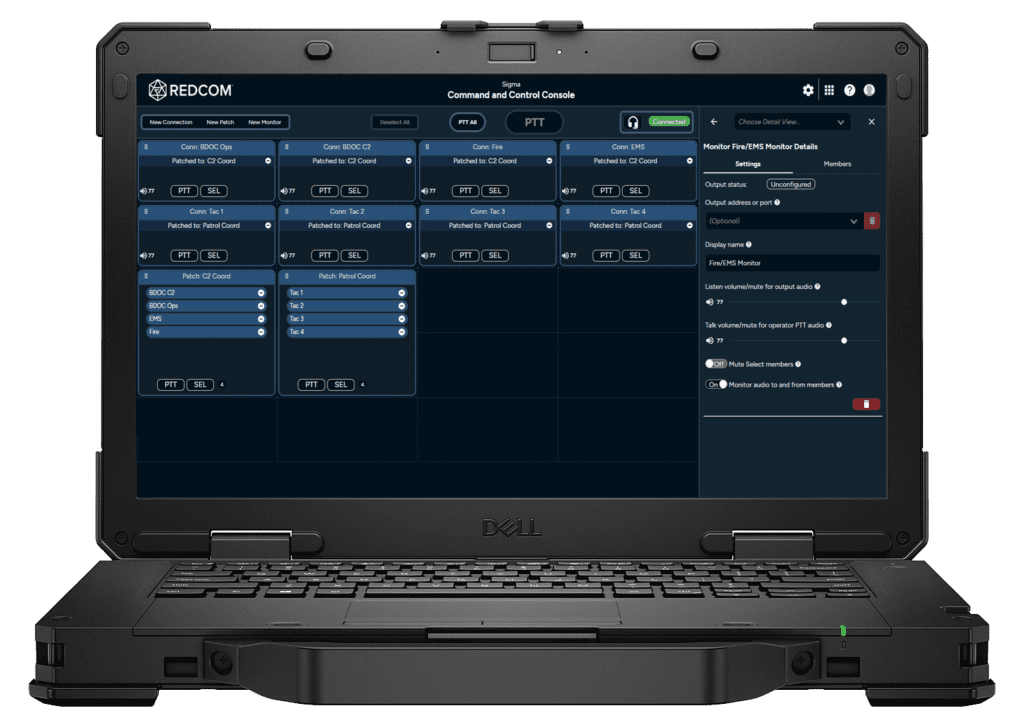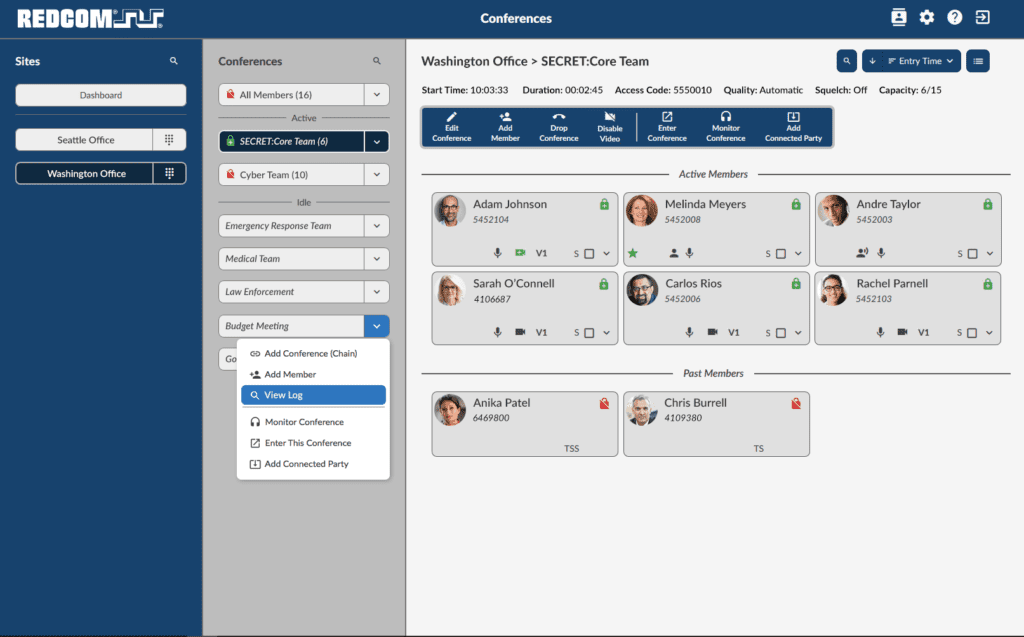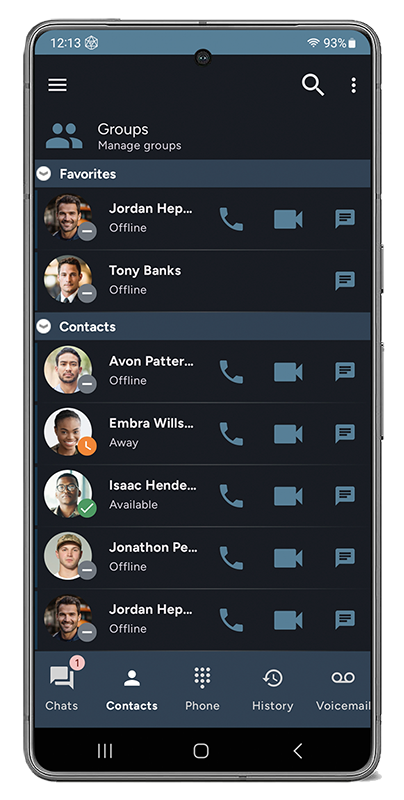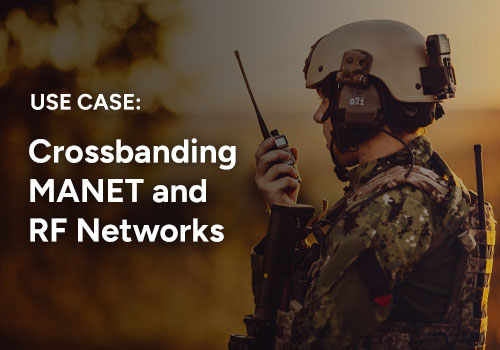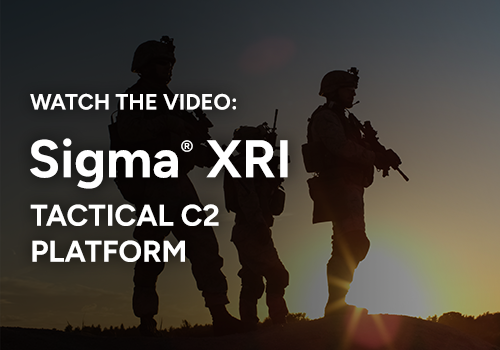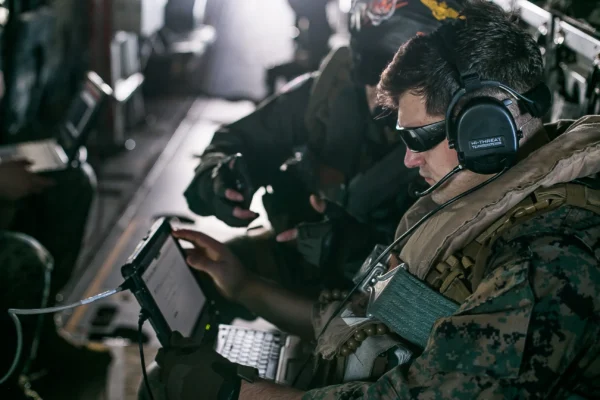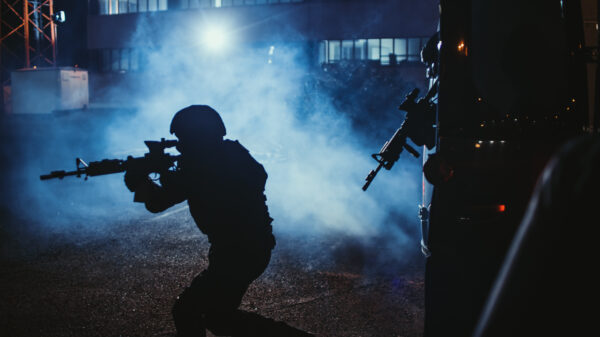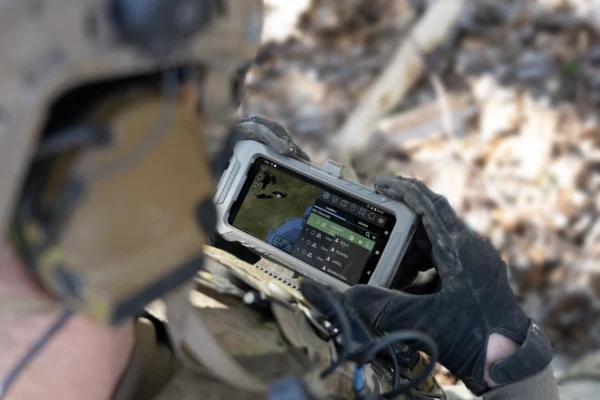The Challenge
Joint Terminal Attack Controllers (JTACs) play a critical role in coordinating close air support and ensuring the safety of ground forces. They are responsible for validating targets to prevent friendly fire and communicating with pilots to effectively engage threats. JTACs provide situational awareness that helps ground forces meet mission objectives.
These soldiers rely on multiple communication channels to coordinate artillery, air assets, and ground teams. Typically, they use line-of-sight (LOS) frequencies such as UHF and VHF to communicate with aircraft and their ground team, while artillery support requires switching to satellite communications (SATCOM). But when terrain or mobility restricts SATCOM access, communication becomes a major challenge.
In mountainous regions, enemy forces are often spread out over a wide area or dispersed across multiple buildings. To maneuver effectively, JTACs must first suppress enemy fire. Artillery is the ideal tool for engaging these area targets, however, without direct SATCOM access, using nearby vehicles as relays is often impractical and inefficient. As a result, JTACs are forced to rely on their limited precision air munitions instead, depleting valuable resources that should be reserved for high-priority engagements.
The Current Solution
Because communicating with fire support from M777 artillery units requires switching frequencies, currently the most viable solution is to rely solely on air assets rather than using artillery. So now, instead of utilizing artillery for area suppression, they are forced to use the few precision-guided air munitions they have to accomplish the same task.
This becomes an issue when valuable air assets are limited. In situations where only a few aircraft are available, using their precision-guided munitions for suppression instead of preserving them for high-priority targets can leave ground forces vulnerable. These precision munitions should be reserved for moments when they are absolutely necessary, but interoperable and efficient comms is a major hurdle. This inefficient approach puts additional strain on mission resources, reduces flexibility in targeting, and increases the risk of running out of critical air support when it’s needed most.
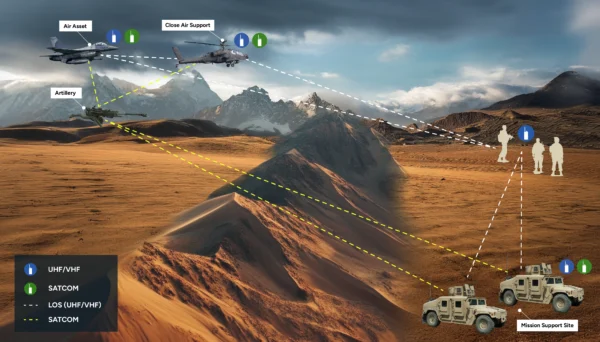
The REDCOM Solution
REDCOM Sigma is endpoint agnostic and designed with interoperability in mind. With a Sigma XRI-400 staged in vehicles at the Mission Support Site (MSS), JTACs can seamlessly bridge LOS and SATCOM, increasing interoperability and flexibility. Instead of relying solely on air assets for suppression, the XRI enables direct communication with artillery assets, allowing JTACs to effectively integrate M777s into their fire support plan without needing to switch frequencies or radios.
By eliminating the need to use precision-guided munitions for suppression, the REDCOM solution helps preserve air assets for high-priority targets, ensuring they are available when they are needed most. REDCOM Sigma XRI provides JTACs with the ability to quickly and effectively communicate with artillery, improving response times, enhancing operational efficiency, and reducing the overall strain on limited air support. The increased agility provided by this low-SWaP solution would allow troops to move freely without being tethered to relay points, making them more adaptable in dynamic combat environments.
By integrating REDCOM Sigma into field operations, JTACs gain a seamless, reliable, and immediate communication link with artillery assets, leading to faster coordination, better resource management, and more effective mission execution.
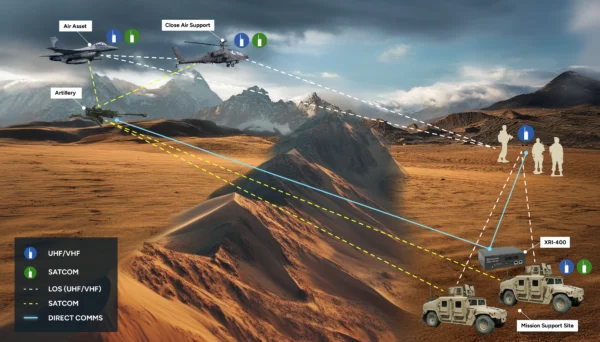
Learn More
Go to our XRI product page to learn more about how the XRI-400 enables seamless, real-time communication for warfighters in the most demanding environments. To speak with a member of our team, go to our contact page, or reach out to our team at sales@redcom.com.
